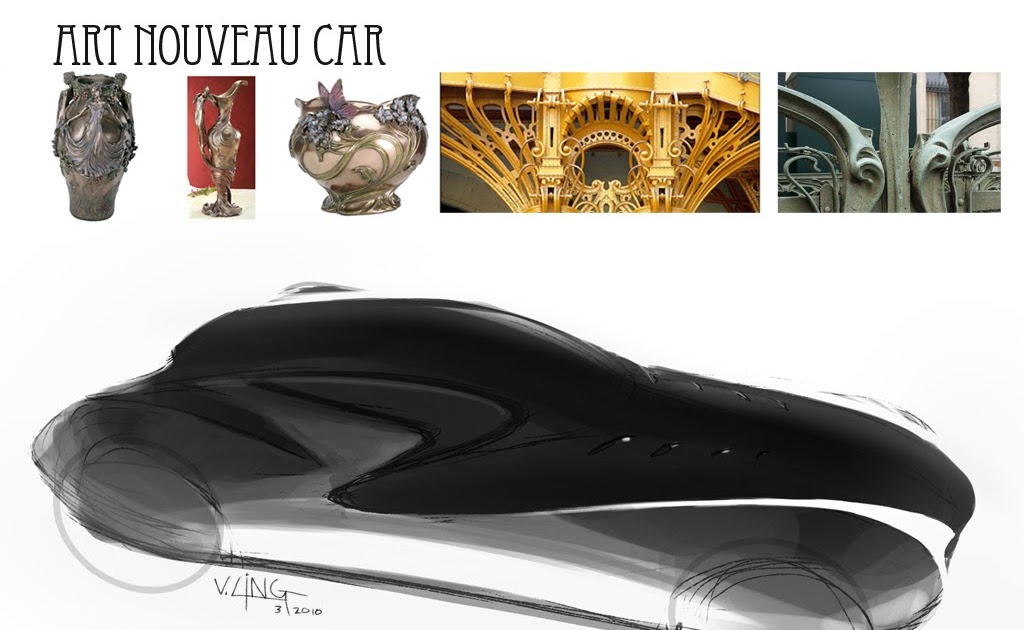

The high resolution of ALS DTMs shows both natural and anthropogenic terrain features such as erosion scarps, geological lineaments, walking paths and roads. This terrain information can be used in various geo-related applications such as hydrology, natural hazard process modelling and geomorphological mapping.

ALS has the capability to penetrate high vegetation, hence high-resolution DTMs can be derived even in forested areas. Pfeifer Norbert, in Developments in Earth Surface Processes, 2011 Abstractĭigital terrain models (DTMs) acquired from airborne laser scanning (ALS) are available for many mountainous regions. 8.6) shows that DTM A over predicted the altitude especially in the main channel and badland areas due to a lack of resolution. A comparison of the absolute difference in altitude for both DTMs ( Fig. DTM B has a higher resolution that enables recognition of much smaller geomorphic features, such as erosion rills, gully systems and some badlands that can be detected from the orthomosaic as well. It is not possible to distinguish the badland areas that have been identified on the orthomosaic. Due to the interpolation the land surface is very smooth and does not show any geomorphic details such as the dam, its breach or the gully cut through the sediments. DTM A still allows to recognize main geomorphic features, such as the slope and riverbed, but it is unsuitable for our badland volume analysis.

Due to internal algorithms the resolution of the generated DTM generalized to a cell size of at least five times the GSD (in our case: 5 × 3.12 cm per pixel). This is two and a half times the resolution of the DTM B (derived from the UAV imagery): 0.1562 × 0.1562 m per pixel. DTM A (derived from the contour lines) has a resolution of 0.383 × 0.383 m per pixel. As presumed, they differ in their resolution and level of detail. Two DTMs were created, one based on the 20 m contour lines from NGO Service of South Africa (DTM A) and a second one based on the UAV imagery directly produced by the Pix4Dmapper Pro software (DTM B, Fig.


 0 kommentar(er)
0 kommentar(er)
